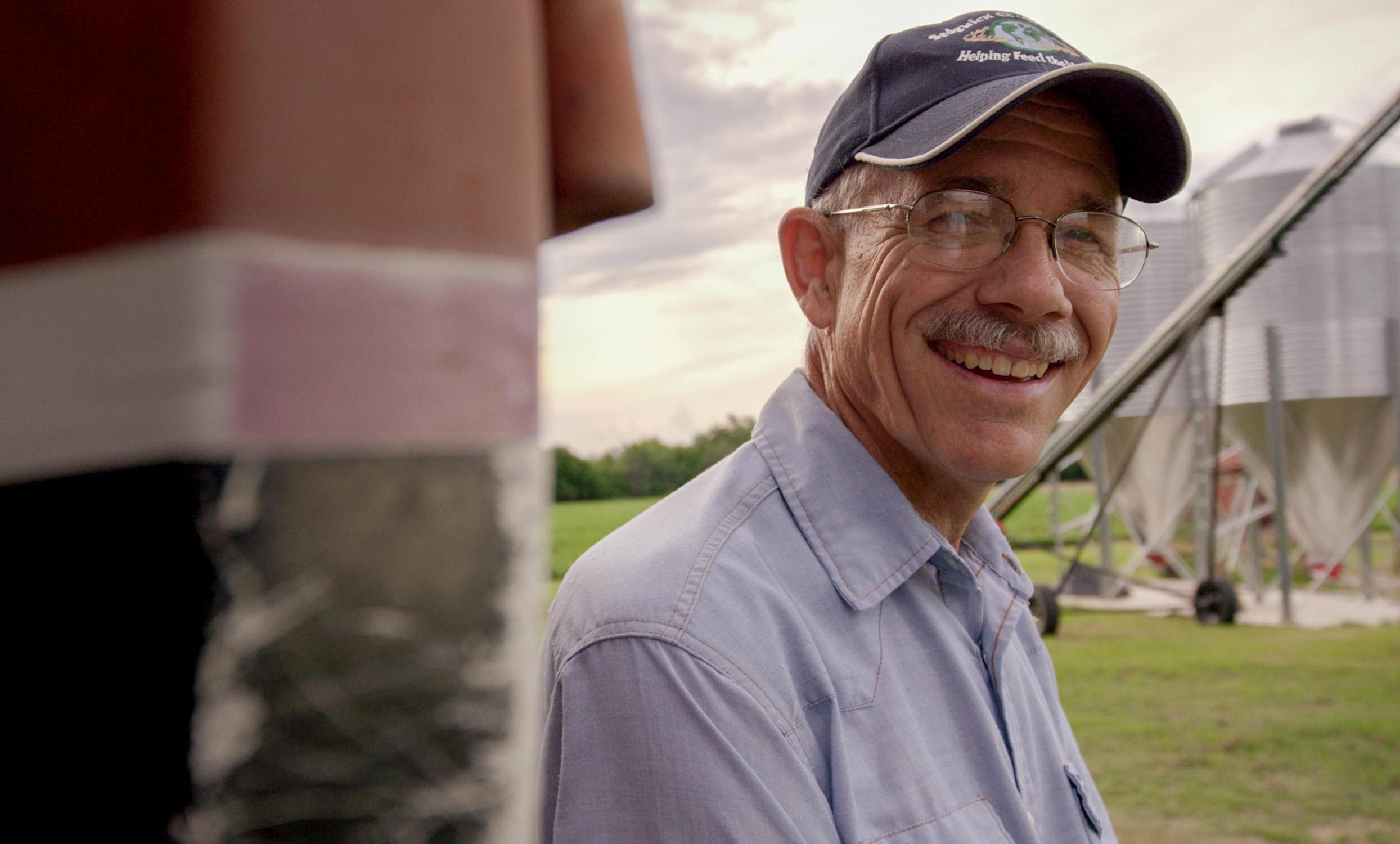Beyond the City: Misconceptions about Hunger in Rural America
F
or farming communities around the country, spring brings not only sunshine and blooms, it means it’s planting season. Farmers are already working hard and planning ahead to ensure a bountiful harvest in the fall. Spring is also a time for renewed hope and the anticipation of the abundance produced. However, for many people in the very areas where mile after mile of productive crops exist, children and families are facing hunger. In America today, more than 3 million households in rural communities face hunger, according to the United States Department of Agriculture. In fact, counties with the highest rates of food insecurity are more likely to be found in rural areas, according to Feeding America’s “Map the Meal Gap 2015” study. While awareness about hunger in America is growing, support is often focused on the impact in urban areas. But with many of the most food-insecure households
in rural towns across the United States, it’s no time to overlook these families in need. Max Tjaden, a fifth generation farmer in Kingman, Kansas, does not need research or statistics to understand the issue of hunger in rural communities. He has seen first-hand how hunger affects his neighbors. “My community only has a small pantry that’s open a few times a week,” Tjaden says. “A farmer friend of mine was volunteering and mentioned he saw someone he would never expect at the pantry getting food. It’s times like that when you are surprised by how many people and families this affects. It’s particularly hard to see children in need. In America, every child should have access to enough food.” Fighting hunger in rural communities comes with unique challenges. Unlike urban areas, many rural towns don’t have food banks. This means that one food bank might serve multiple communities through food pantries
4 RuralLeaderMag.com |APRIL 2016
and meal programs that are hundreds of miles apart. Furthermore, these pantries often have limited resources, supplies and volunteers - all barriers to helping to secure meals to individuals who struggle with hunger. From coast to coast, families, children and seniors in rural areas struggle to make ends meet, which often translates to minimal budgets for food each month. Food pantries and community programs can be a reliable support system for people in need, but frequently demand exceeds supply. There is a tradition of helping ones neighbor in rural communities, including Tjaden’s. He wanted to make a difference in his community, and after learning about the Invest An Acre program, he’s found a way to give back. Invest An Acre is a way for farmers to help food banks in rural and farming communities provide more food to people facing hunger. Farmers can donate a portion of their crop proceeds Cont'd on page 17




